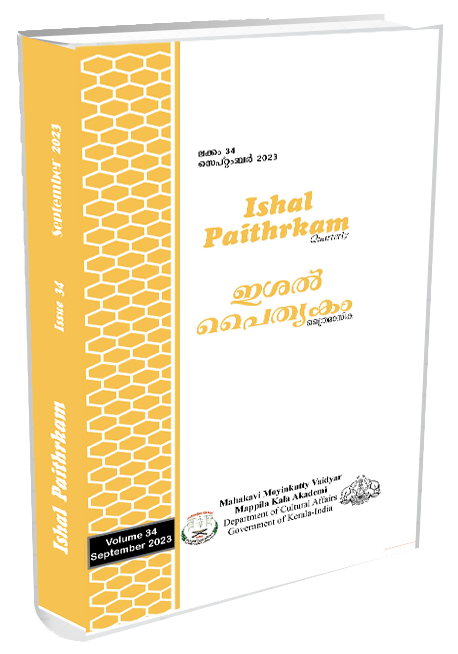Chimamanda Adichie’s Purple Hibiscus: A Postcolonial Inquiry
Keywords:
Bildungsroman, Domination, Nigeria, Patriarchy, PostcolonialityAbstract
The Purple Hibiscus (2013) is the debut novel by Chimamanda Ngozi Adichie, that was received with critical acclaim in literary circles all around the world. It is a bildungsroman novel set in the political context of a military coup in 1980’s Nigeria. The present paper attempts to examines how the writer portrayed, through the medium of English, the destructive influences of post-colonialism to present to the world the awareness towards the traditions of Africa and its legacy that remained buried beneath the land of colonized Nigeria. For a thorough analysis of the selected text the qualitative research paradigm, guided by thematic textual analysis, has been used. The results show that Purple Hibiscus, as a post colonial text, critiques the associated violence of the colonial forces, religion, and patriarchal domination.
Downloads
References
Adani, R. (2015). On Subalternity and Representation: Female and Post Colonial Subjects Claiming Universal Human Rights. Journal of Research on Women and Gender, 6, 55-66.
Adichie, C. N. (2003). Purple Hibiscus. Alhoquin Books.
Kabore, A. (2013). The Symbolic Use of Palm, Figurines and Hibiscus in Adichie's Purple Hibiscus. Linguistic and Literature Studies, 5(2), 32-36.
Louai, E. H. (2012). Retracing the Concept of the Subaltern from Gramsci to Spivak: Historical Developments and New Applications. African Journal of History and Culture, 4(1), 4-8.
Nayar, P. K. (2010). Contemporary Literary and Cultural Theory. Pearson.
Okuyade, O. (2009). Changing Borders and Creating Voices: Silence as Character in Chimamanda Adichie’s Purple Hibiscus. The Journal of Pan African Studies, 2(9), 245-259.
Wallace, C. R. (2012). Chimamanda Ngozi Adichie's 'Purple Hibiscus' and the Paradoxes of Postcolonial Redemption. Christianity and Literature, 6(3), 465-483.
Downloads
Published
Issue
Section
License
Copyright (c) 2025 ISHAL PAITHRKAM

This work is licensed under a Creative Commons Attribution-NoDerivatives 4.0 International License.

